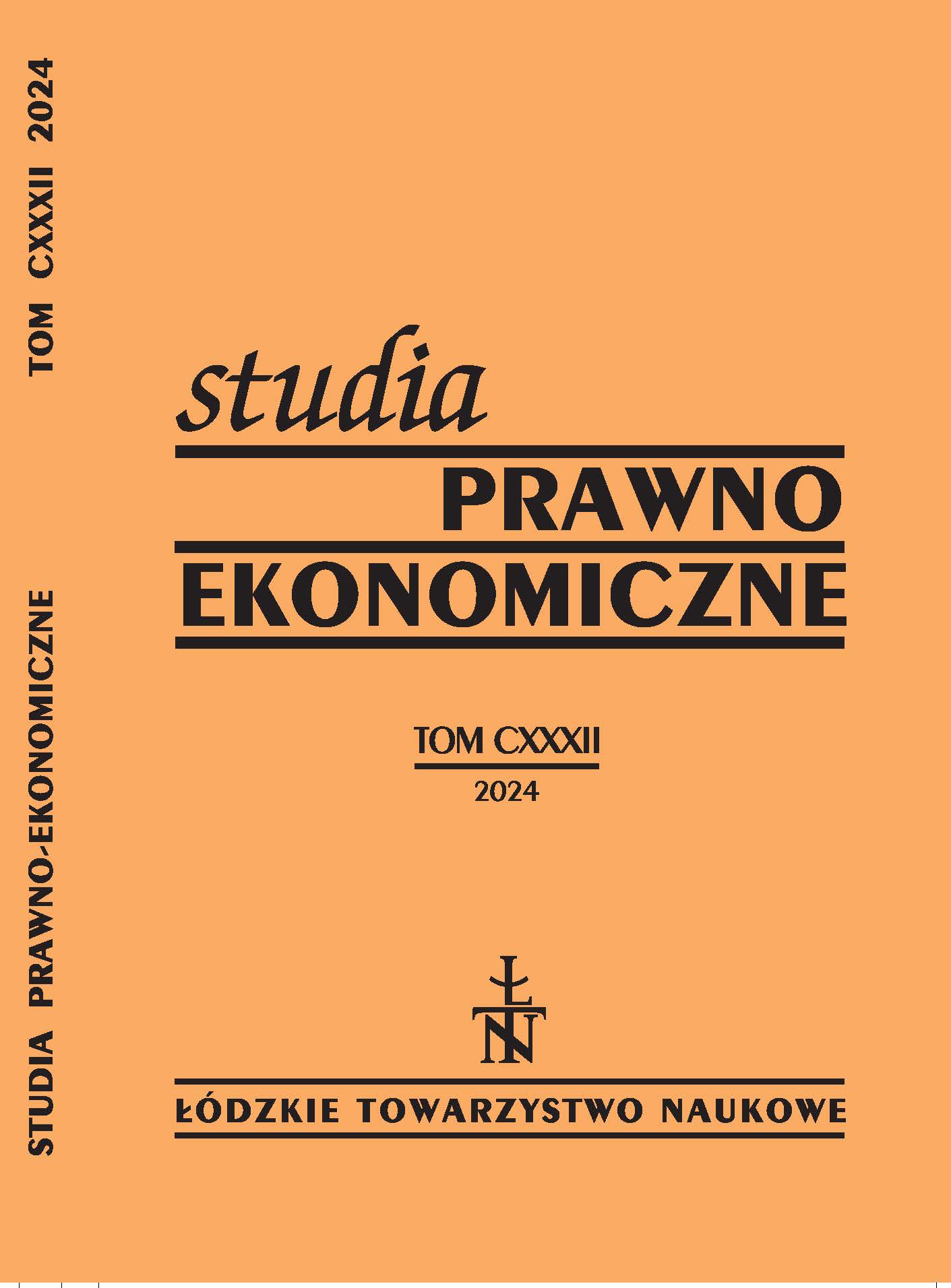SME representation in chambers of commerce bodies – a model perspective
DOI:
https://doi.org/10.26485/SPE/2024/132/8Keywords:
chambers of commerce, representativeness, membership groups, SME representation, business organizations.Abstract
Background: The research analyzes the formal representation of micro, small, and medium-sized enterprises (SMEs) in the bodies of chambers of commerce in a model-based approach.
Research purpose: Chambers of commerce are managed by their bodies (board, general assembly, etc.). Their composition is most often chosen by members in elections. It should reflect the structure of the associated enterprises – at least in terms of industry and size classes. The division of mandates affects the operational activity of the organization – including the content of positions developed in consultation processes and services provided to entrepreneurs. The aim of the study is to verify whether in the countries selected for analysis (representing different models of functioning of chambers of commerce) there are regulations securing the formal representation of SMEs in the bodies of chambers. And if they do exist, what form do they take? In addition to determining the actual situation, the advisability and possible way of regulating the SME parity in several model scenarios is analyzed.
Methods: Using the deductive method and critical analysis, the study analyzes the statutes of chambers of commerce in selected countries and reviews sociological, economic and legal literature.
Conclusions: The findings indicate that there are only a few examples of regulations protecting the representation of SMEs in chambers’ bodies. It was also found that the rules for representing different sized enterprises in the bodies and task groups of chambers of commerce are closely linked to the model of these organizations. In the Anglo-Saxon private law model, business owners primarily participate voluntarily in selected organizations. However, in countries with a single chamber per region, free choice of organization does not in fact exist. In the continental public law model, where membership is universal by operation of law, statutes focus primarily on mapping the structure of dominant industries in a region and usually omit other criteria. The sectoral model offers the greatest potential for balancing the representation of every size of industry and enterprise.
Downloads
References
Bandarzewski K., Samorząd gospodarczy w prawie polskim, Kraków 2014.
Bennett R.J., Institutional Change in British Chambers of Commerce, in: D. Sack (ed.), Chambers of Commerce in Europe. Self-Governance and Institutional Change, Cham 2021.
Bennett R.J., Testing times for business partners in regional and local development: The past and future of chambers of commerce, Regions, 2011.
Bernhagen P., Chambers of Commerce as Political Actors: Theoretical Perspectives on Their Organization and Influence, pp. 25–26, in: D. Sack (ed.), Chambers of Commerce in Europe. Self-Governance and Institutional Change, Cham 2021.
Dąbrowski K., Izby przemysłowo-handlowe Drugiej Rzeczypospolitej jako instytucje samorządu przemysłowo-handlowego. Ujęcie doktrynalne i konstytucyjne, Lublin 2007.
Dąbrowski K., Dorożyński T., Marciniak P., The Justification of the Sectoral Model of Chambers of Commerce – Polish Perspective, Studia Iuridica Lublinensia 2023/32 (5).
Fedotov V.I., Organizational and Legal Models of Chambers, Washington 2007.
Lord Heseltine, No stone unturned: Chamber of Commerce – International Comparisons, Crown copyright, 2012.
Marciniak P., Five key differences between chambers of commerce in United Kingdom, Belgium and Poland, Studia Prawa Publicznego 2023/4 (44).
Marciniak P., Organizacja i zadania krajowych izb gospodarczych sektora telekomunikacji, Toruń 2019.
Marciniak P., Sektorowy model samorządu gospodarczego. Założenia i perspektywa wprowadzenia w Polsce, Warszawa 2023.
Pilgrim M., Meier R., National Chambers of Commerce – A Primer on the Organization and Role of Chamber System, Washington 1995.
Rehker H., Chambers of Commerce under Public and Private Law, Geneva 1982.
Sack D. (ed.), Chambers of Commerce in Europe. Self-Governance and Institutional Change, Cham 2021.
Zachar P.K., Institutional Changes to Chambers of Industry and Commerce in Hungary after the Transition of 1989/1990, in: D. Sack (ed.), Chambers of Commerce in Europe. Self-Governance and Institutional Change, Cham 2021.
Zellenberg U.E., Institutional Change in Austrian Economic Chambers, in: D. Sack (ed.), Chambers of Commerce in Europe. Self-Governance and Institutional Change, Cham 2021.
Act of 30 May 1989 on chambers of commerce, Journal of Laws 1989 No 35 item 195 (pl: Ustawa z dnia 30. maja 1989 r. o izbach gospodarczych (Dz.U. z 1989 r., nr 35, poz. 195 z późn. zm.) – Poland.
Boards of Trade Act (R.S.C. (Revised Statutes of Canada),1985, c. B-6) – Canada.
Canada Not-for-profit Corporations Act (S.C. 2009, c. 23) – Canada.
November 1995 No I-1093 Law on the Chamber of Commerce, Industry and Crafts of the Republic of Lithuania (lt: Lietuvos Respublikos prekybos, pramonės ir amatų rūmų įstatymas, 1995 m. lapkričio 14 d. Nr. I-1093) – Lithuania.
Company and Business Names (Chamber of Commerce, Etc.) Act 1999, 1999, c. 19 – United Kingdom.
Downloads
Published
How to Cite
Issue
Section
License
Copyright (c) 2024 Studia Prawno-Ekonomiczne

This work is licensed under a Creative Commons Attribution 4.0 International License.



